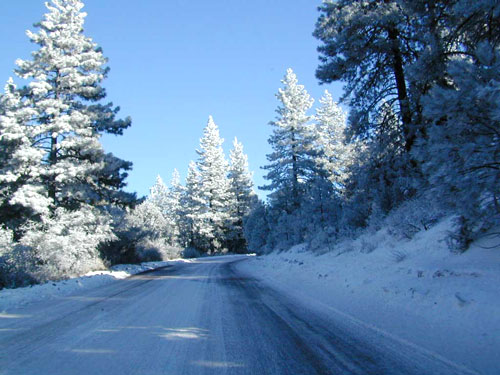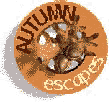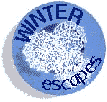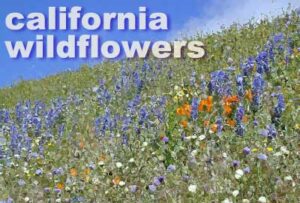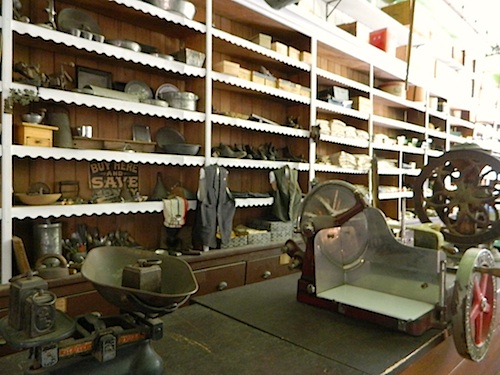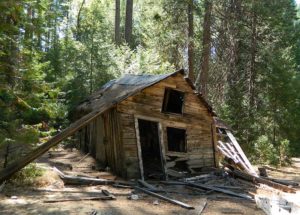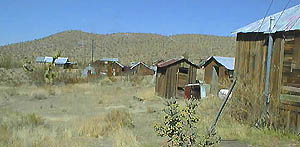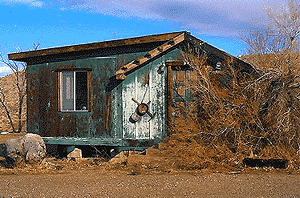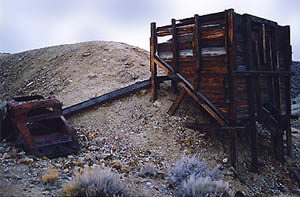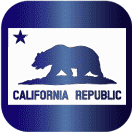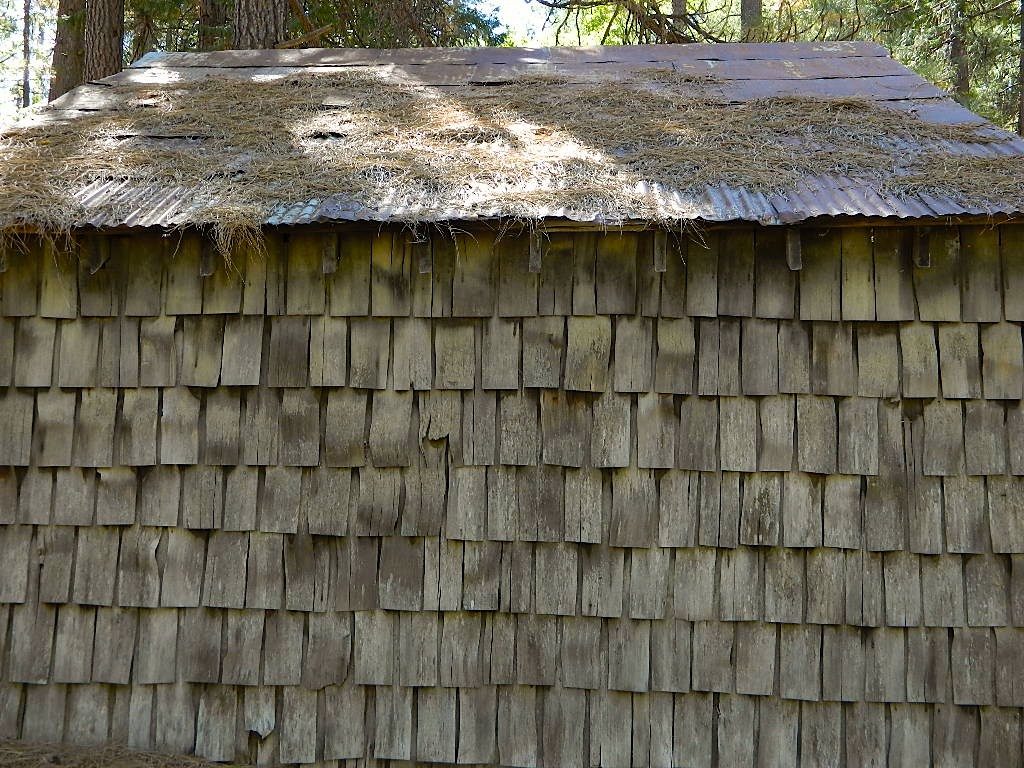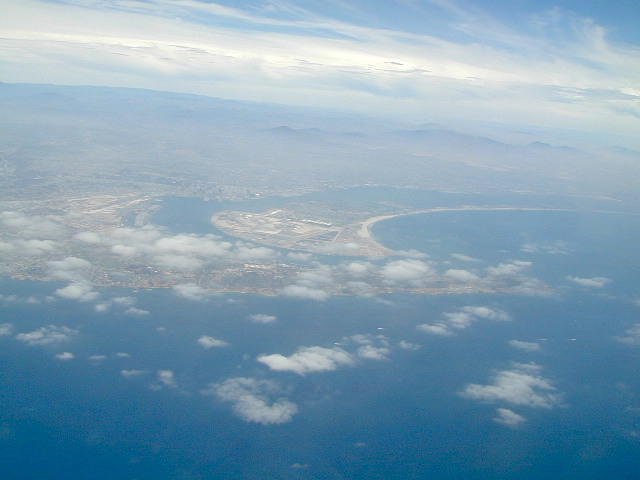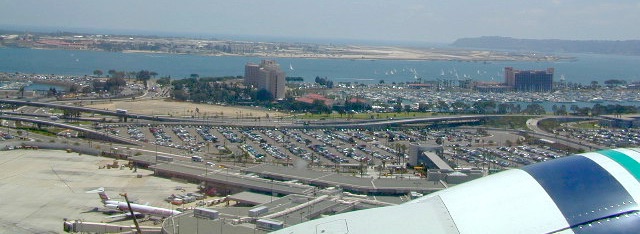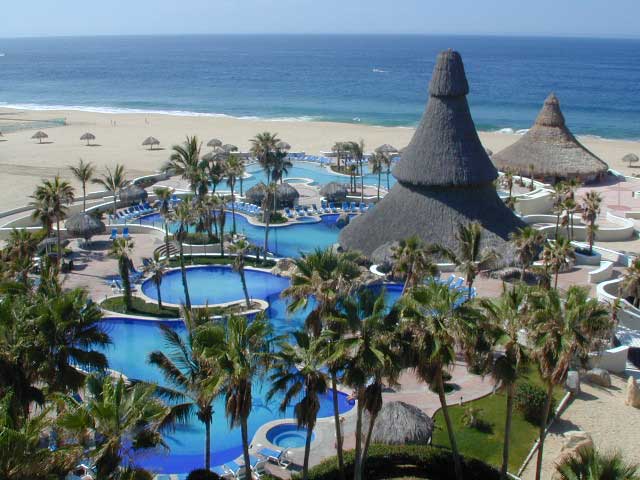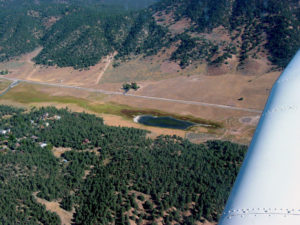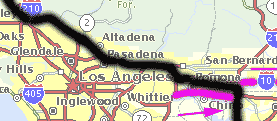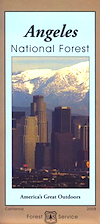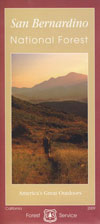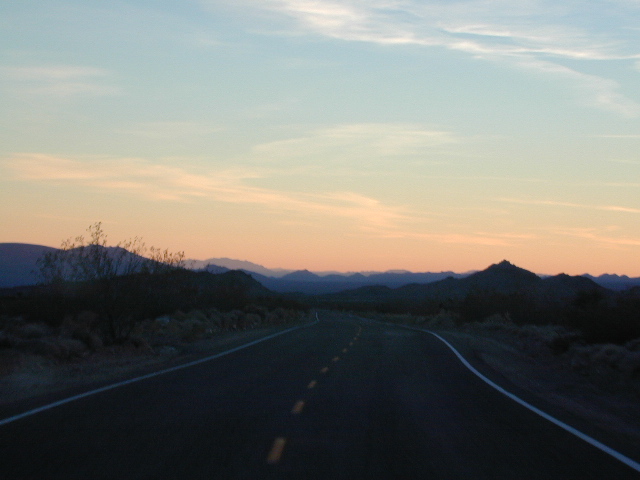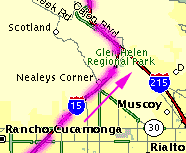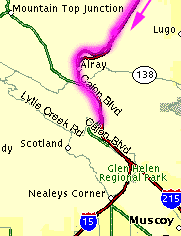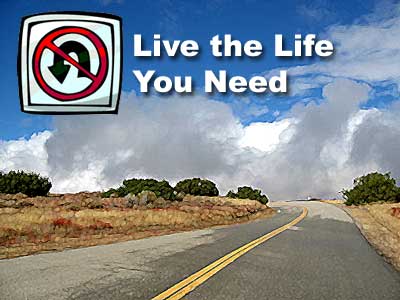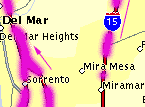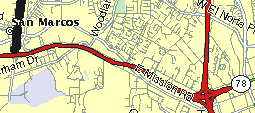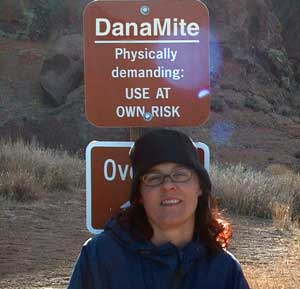All Four Seasons in California
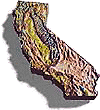 While some may think there are only 2 seasons in California
While some may think there are only 2 seasons in California
WINTER (the wet season) and SUMMER (the dry, hot season) which may also be known as Fire Season (as in wildfires).
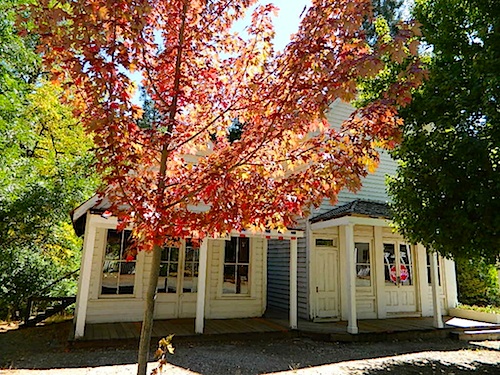
There are indeed 4 Seasons in California:
However – Spring and Autumn are much shorter, as rapid swings in rain and drought (weather related events) often dominate the West Coast region.
And by the way, Earthquake Season is any time of year.
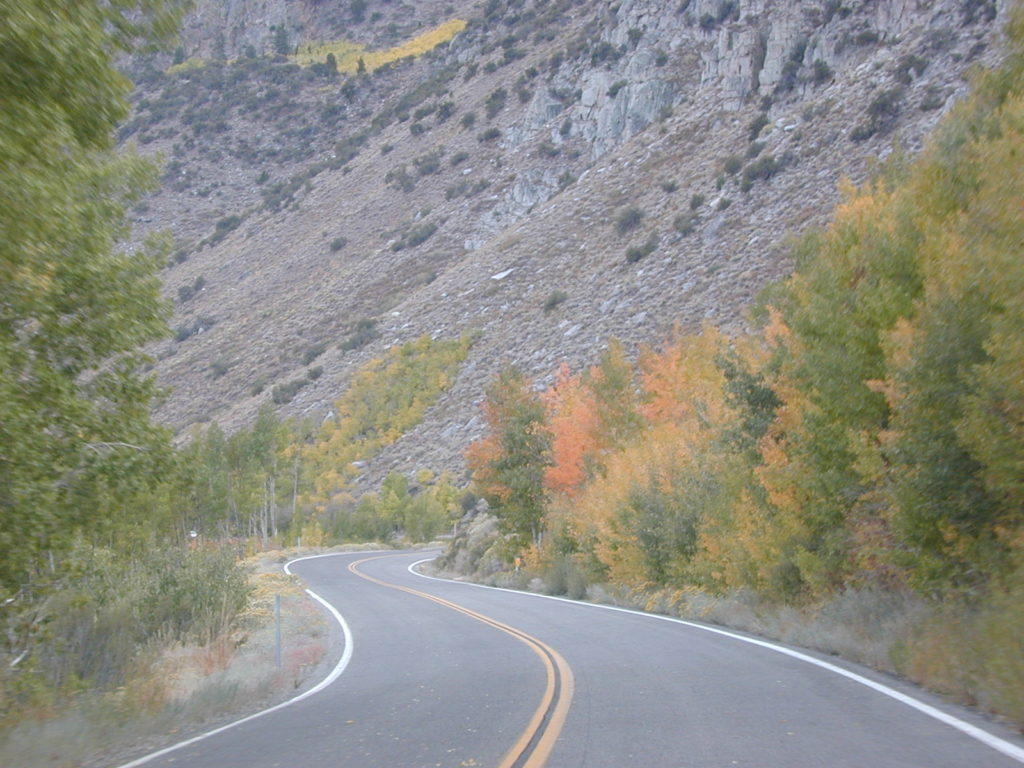
 Camping Season can be all year long in California, where we often have mild winters, sometimes without much precipitation.
Camping Season can be all year long in California, where we often have mild winters, sometimes without much precipitation.
Southern California has camping and hiking all the time, in every area. Deserts are a favorite camp destination in the winter months, usually December thru March. Find more info on Desert Camping. See also, a page on Winter Camping.
The Central Coast and Central Valley regions often have campgrounds available and open year-round. Northern California and the Sierra Nevada mountains get most of the real wet weather, between November and April, so campgrounds usually close (for half the year) depending on weather conditions.
Wildflowers can be found beginning in late FEB in the Southern California deserts – and last until AUG in the higher elevation mountain meadows.
WILDFIRE SEASON is typically from JUNE-DEC annually inside California. If winter is without any significant rain, then the camp fire restrictions could go well through the year! Camp Fire Safety

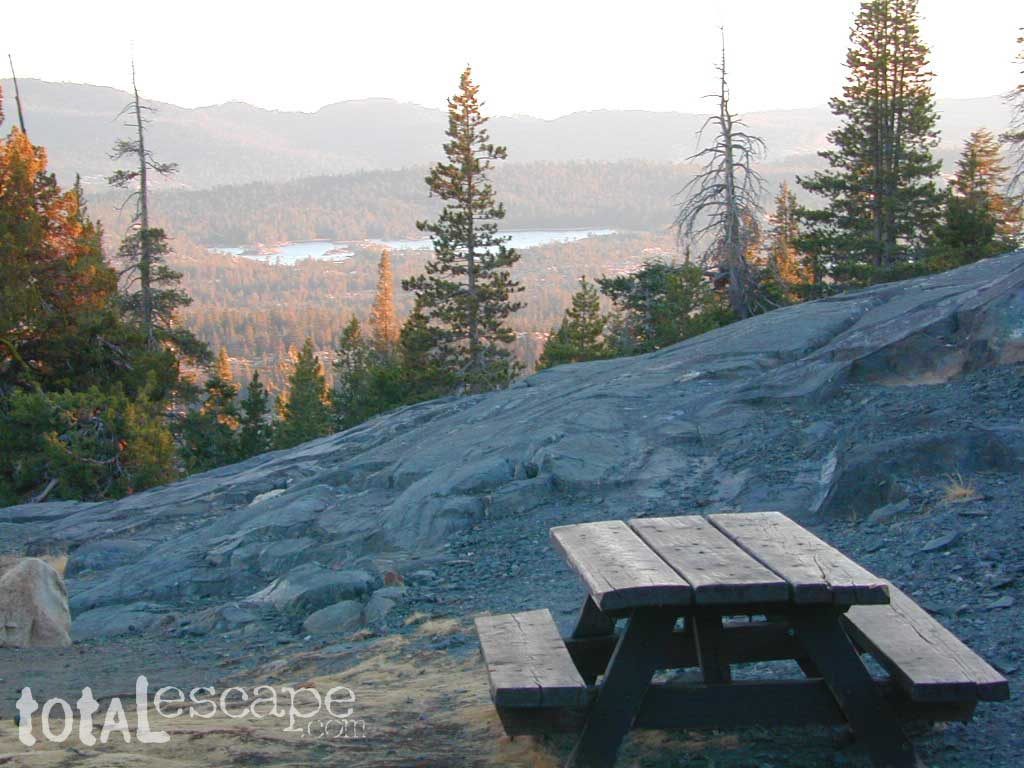
Often the higher elevations of California (5000’+) can only be accessed by vehicle during summer months. Deep snow pack means paved roads are usually closed for the majority of the year (Nov-May) and sometimes, during a ‘good’ winter, the main Sierra highway routes do not open up to public access until June or July. Read more on Sierra Road Conditions.
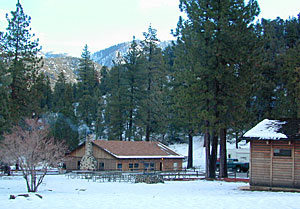
totalescape.com/outside/journey/california-road-conditions/
